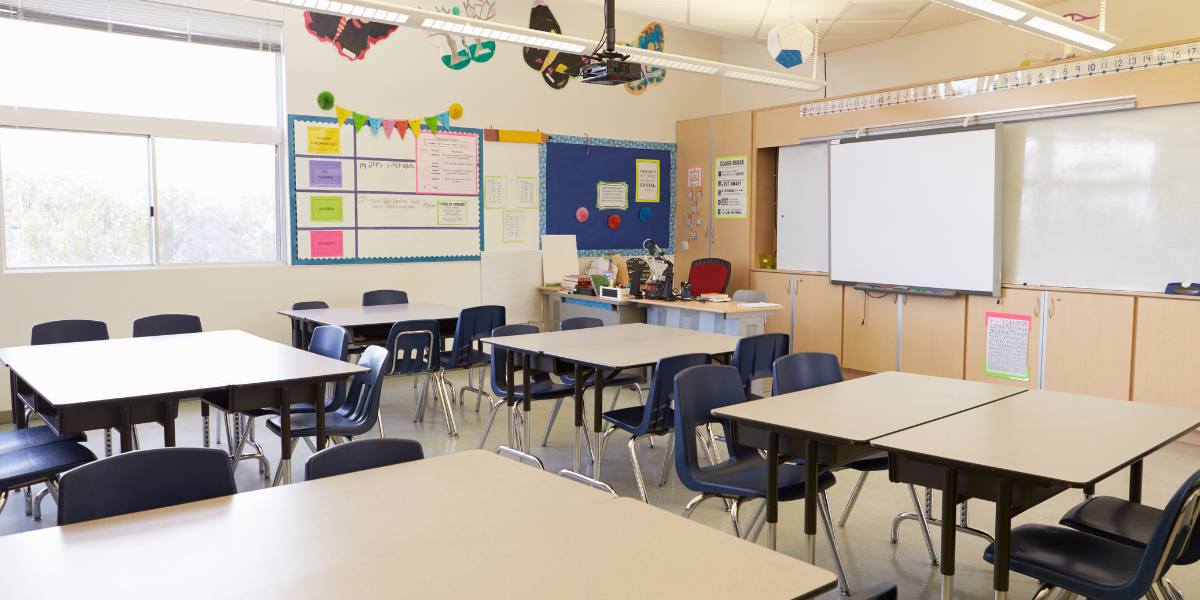Introduction
Designing school furniture is not just about choosing tables and chairs; it’s about creating an environment conducive to learning. Well-designed school furniture can significantly impact students’ comfort, concentration, and overall academic performance. Let’s dive into a step-by-step guide to help you design the perfect school furniture that meets all the necessary criteria.
Understanding the Needs
Before you start designing, it’s crucial to understand the needs of both students and teachers. Consider the different age groups and their specific requirements. Younger children might need lower tables and chairs, while older students require more robust and larger furniture. Don’t forget to account for teachers’ needs, such as adequate storage and ergonomic seating.
Ergonomics and Comfort
Ergonomics play a vital role in school furniture design. Uncomfortable seating can lead to poor posture and concentration issues. To ensure comfort, opt for furniture that supports natural body posture. Chairs with adjustable heights and tables with ample legroom can make a significant difference. Remember, a comfortable student is a focused student.
Choosing the Right Materials
Durability and safety are paramount when selecting materials for school furniture. Choose materials that are sturdy enough to withstand daily wear and tear. Additionally, consider using non-toxic finishes to ensure student safety. Sustainable materials, such as bamboo or recycled wood, are excellent options that also promote environmental responsibility.
Designing for Flexibility
Classrooms today are dynamic spaces that often need to be reconfigured for different activities. Modular and adjustable furniture allows for easy rearrangement, supporting various teaching methods. Flexible furniture options can include stackable chairs, foldable tables, and mobile storage units.
Safety Standards and Regulations
Compliance with safety standards is non-negotiable. Familiarize yourself with local regulations regarding school furniture. Ensure that all furniture pieces have rounded edges, are free from sharp protrusions, and are stable to prevent tipping. Adhering to these standards helps in creating a safe learning environment.
Aesthetic Considerations
While functionality is crucial, aesthetics should not be overlooked. Furniture that aligns with the school’s colors and themes can enhance the learning atmosphere. However, balance is key. Ensure that aesthetic choices do not compromise comfort and functionality.
Space Planning
Efficient space planning is essential for maximizing classroom usability. Consider the size of the classroom and the number of students when planning the layout. Leave enough space for movement and ensure that all students have a clear view of the teaching area. Use multi-functional furniture to save space.
Budgeting and Cost Management
Budget constraints are a common challenge in school furniture design. Start by setting a realistic budget and stick to it. Look for cost-effective solutions that do not compromise quality. Bulk purchasing and negotiating with suppliers can also help in managing costs.
Custom vs. Pre-made Furniture
Decide whether custom or pre-made furniture is the best option for your school. Custom furniture can be tailored to specific needs but is usually more expensive. Pre-made furniture is more cost-effective and readily available. Weigh the pros and cons to make an informed decision.
Sustainability and Eco-friendliness
Sustainable furniture is not only good for the environment but also teaches students the importance of eco-friendly choices. Opt for furniture made from recycled or sustainably sourced materials. Additionally, consider the environmental impact of the manufacturing process.
Technology Integration
Incorporate technology into your furniture design to future-proof your classrooms. Desks with built-in charging stations, adjustable monitor stands, and cable management solutions can support modern learning tools and create a tech-friendly environment.
Maintenance and Care
Proper maintenance can extend the lifespan of your school furniture. Establish a routine for regular cleaning and inspections. Teach students and staff how to care for the furniture to prevent damage. Simple practices like avoiding writing on desks can go a long way.
Conclusion
Designing school furniture is a comprehensive process that requires careful planning and consideration. From understanding the needs of users to choosing the right materials and ensuring safety, every step is crucial. By following this guide, you can create a learning environment that is comfortable, functional, and inspiring for students and teachers alike.
FAQs
Q1. Why is ergonomics important in school furniture?
A1. Ergonomics ensures that the furniture supports the natural posture of students, reducing discomfort and improving concentration.
Q2. What materials are best for school furniture?
A2. Durable and non-toxic materials like recycled wood, bamboo, and metal are ideal for school furniture.
Q3. How can I make my classroom furniture flexible?
A3. Opt for modular and adjustable pieces, such as stackable chairs and foldable tables, to easily reconfigure the classroom layout.
Q4. What are the safety standards for school furniture?
A4. Safety standards include rounded edges, non-toxic finishes, and stable construction to prevent tipping and injuries.
Q5. How do I choose the right furniture vendor?
A4. Research and compare vendors based on product quality, customer service, and warranty. Visiting showrooms and asking for samples can also help.


